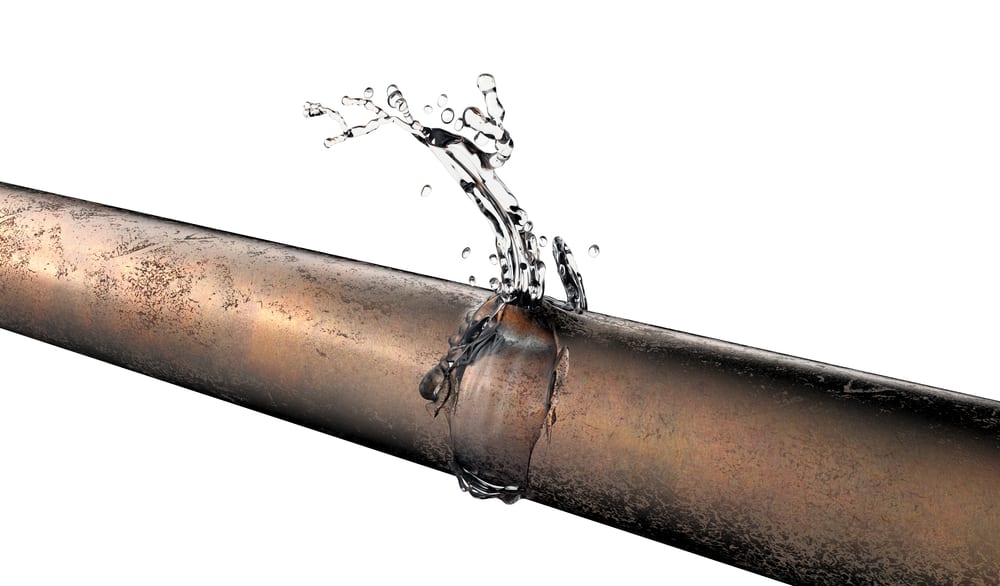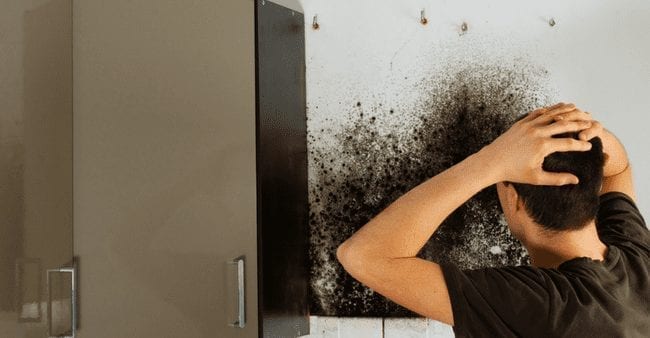Guide To Water Leakage Detection In Your Home
Guide To Water Leakage Detection In Your Home
Blog Article
We've come across this article about Detecting hidden plumbing leaks below on the internet and reckoned it made good sense to relate it with you on my blog.

Early detection of dripping water lines can reduce a possible disaster. Besides conserving you cash, it will certainly lessen the stress and also disappointment. The minute you find a leak, calling your plumber for repair services is the most effective service. Nonetheless, some tiny water leaks may not show up. Right here are some hacks that aid if you can not detect it with your naked eyes.
1. Check Out the Water Meter
Examining it is a guaranteed method that assists you find leaks. If it relocates, that indicates a fast-moving leak. This implies you may have a sluggish leak that can even be below ground.
2. Check Water Usage
Analyze your water costs and track your water usage. As the one paying it, you must observe if there are any type of discrepancies. If you identify sudden changes, regardless of your consumption being the same, it indicates that you have leakages in your plumbing system. Keep in mind, your water expense ought to drop under the exact same range every month. An abrupt spike in your expense indicates a fast-moving leakage.
A constant increase every month, also with the very same practices, reveals you have a slow leak that's additionally slowly rising. Call a plumber to thoroughly inspect your home, specifically if you feel a warm location on your flooring with piping underneath.
3. Do a Food Coloring Test
When it comes to water usage, 30% originates from commodes. Examination to see if they are running effectively. Drop specks of food color in the container and wait 10 minutes. If the color in some way infiltrates your dish throughout that time without flushing, there's a leakage in between the tank and bowl.
4. Asses Outside Lines
Do not neglect to examine your exterior water lines also. Examination faucets by affixing a yard tube. Should water seep out of the link, you have a loosened rubber gasket. Change this and also make certain all links are limited. It will certainly assist get it expertly analyzed and kept each year if you have actually obtained a sprinkler system. One tiny leak can waste lots of water as well as surge your water bill.
5. Examine and Assess the Scenario
Home owners should make it a practice to check under the sink counters and even inside closets for any kind of bad odor or mold and mildew development. These 2 red flags indicate a leak so punctual focus is required. Doing routine examinations, even bi-annually, can save you from a significant issue.
Examine for stainings and compromising as a lot of pipes and home appliances have a life expectancy. If you suspect leaking water lines in your plumbing system, don't wait for it to intensify.
Early discovery of dripping water lines can mitigate a potential disaster. Some small water leaks might not be noticeable. Inspecting it is a proven means that aids you uncover leakages. One little leak can waste lots of water as well as surge your water expense.
If you think leaking water lines in your plumbing system, don't wait for it to escalate.
WARNING SIGNS OF WATER LEAKAGE BEHIND THE WALL
PERSISTENT MUSTY ODORS
As water slowly drips from a leaky pipe inside the wall, flooring and sheetrock stay damp and develop an odor similar to wet cardboard. It generates a musty smell that can help you find hidden leaks.
MOLD IN UNUSUAL AREAS
Mold usually grows in wet areas like kitchens, baths and laundry rooms. If you spot the stuff on walls or baseboards in other rooms of the house, it’s a good indicator of undetected water leaks.
STAINS THAT GROW
When mold thrives around a leaky pipe, it sometimes takes hold on the inside surface of the affected wall. A growing stain on otherwise clean sheetrock is often your sign of a hidden plumbing problem.
PEELING OR BUBBLING WALLPAPER / PAINT
This clue is easy to miss in rooms that don’t get much use. When you see wallpaper separating along seams or paint bubbling or flaking off the wall, blame sheetrock that stays wet because of an undetected leak.
BUCKLED CEILINGS AND STAINED FLOORS
If ceilings or floors in bathrooms, kitchens or laundry areas develop structural problems, don’t rule out constant damp inside the walls. Wet sheetrock can affect adjacent framing, flooring and ceilings.
https://www.servicemasterbyzaba.com/blog/how-to-detect-water-leakage-in-walls/

I was brought to that write-up about Leaking water lines through someone on our other web address. Enjoyed reading our post? Please share it. Let somebody else find it. Thank you for going through it.
Report this page